Immersive technology continues its push towards mainstream appeal.
If 2016 was the birth of modern VR/AR technology, than 2018 was its elementary school graduation. While this past year may have seemed like a quiet one when compared to the more exciting releases featured in 2017 and 2016, these past 12 months have been crucial in the development of the immersive entertainment sector.
Major hardware releases, vast improvements to software, and various other integral advancements have quietly solidified VR & AR as viable, long-term technological platforms for years to come. So while there may not have been any bombshell announcements or jaw-dropping reveals per sey, 2018 will still go down as a key, if not climactic, year for VR & AR technology regardless.
With a new year full of exciting possibilities ahead of us, let’s hang back a second and take a look back at 2018’s most pivotal moments.

FILMMAKING IN VR
If 2018 is remembered for anything, it’ll be for the multiple high-quality animated VR films released throughout the year. While VR and 360-degree filmmaking has yet to find its footing in the world of passive viewing entertainment, this year featured the most highly-polished projects we’ve seen yet.
Featuring an absolutely stellar voice cast including everyone from John Legend and Oprah Winfrey, to Constance Wu and Diego Luna, Crow: The Legend is arguably one of the most well-structured VR short films ever released. A musical journey based on ancient Native American mythology, Crow takes users on a colorful joyride, from a frigid forest environment, through space itself as they accompany an entourage of adorable forest animals on a quest for survival.
Another jaw-dropping release, Spheres: Songs of Spacetime doubles down on the intergalactic theme for a VR-based space opera that will have every hair on your body standing up right in excitement. The three-part interactive epic takes users across the universe for a journey filled with breathtaking cosmic spectacles; all of which set to an intense original soundtrack composed by Kyle Dixon and Michael Stein of SURVIVE (Stranger Things), and a voice cast consisting of Jessica Chastain, Millie Bobby Brown, and Patti Smith. Produced by Darren Aronofsky, a special viewing of the three-part series will be available at Rockefeller Center in NYC beginning January 18th.
Then there are the fellas over at Dark Corner. Arguably the current leading distributor of AAA horror content, the VR production studio is responsible for some of the most unsettling 360-degree video content available on headsets today. Whether it’s the extra layer of gore featured in Campfire Creepers, or the spine-chilling visuals shown in The Office, this year was a major one for the Dark Corner team.

LOCATION-BASED VR
While hardware advancements such as the HTC Vive Pro and Oculus Rift have solidified at-home VR as a viable option, those looking for next-level immersion will still find the most success with location-based VR installations. Often incorporating various haptic feedback elements alongside advanced full-body capture, location-based VR has gone from niche to one of the more popular renditions of VR entertainment since there initial introduction.
Launched this past November at select VOID locations, Ralph Breaks VR is a shining example of how additional haptic feedback and collaborative play can truly take in-game immersion to the next level. Having been lucky enough to try it out for ourselves, we can say with confidence that this LB experience is so much more than a cheap tie-in to the Ralph Breaks The Internet feature film. Hand-tracking functionality, physical obstacles, timed aromas, and various other elements all combined to deliver a colorful adventure that does an incredible job of convincing players they’re actually shooting confectionary items at hostile bunny rabbit enemies.
2018 also saw the release of Arizona Sunshine LB VR Edition, a location-based version of Vertigo Games’ 2016 VR smash-hit, Arizona Sunshine. What was already one of the most well-developed title available in VR, the addicting zombie-shooter is now even more fun thanks to warehouse-scale movement, 4-player coop, and VR weapon peripherals running on Boston’s VMU-VR; all of which operating on a custom-built content launcher featuring mixed reality (spectator) viewing, custom peripherals, score tracking functionality, and more.
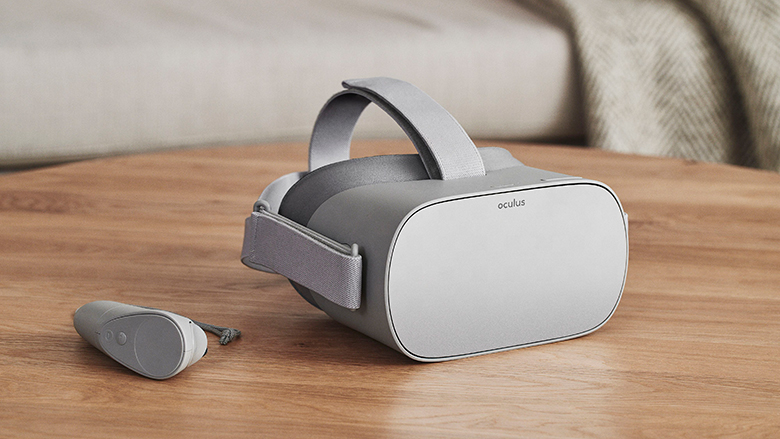
STANDALONE VR
With high-end VR platforms currently priced around $400 – $800 and requiring a powerful gaming PC running anywhere from $800 – $2,000 to operate properly, standalone VR (headsets that don’t require a tethered PC or smart device to function) is poised to become the next big advancement in VR/AR technology. 2018 has already seen the release of three high-quality standalone devices, each featuring their own respective pro’s and con’s.
Released without warning this past May during Facebook’s annual F8 conference, the Oculus Go brings convenient, comfortable VR to the masses. Simple slip-on slip-off functionality, access to personal files, and a cheap $200 price tag has made the Oculus Go one of the most attractive option on the market; despite its 110-degree field of view and limited 3DoF functionality. It also doesn’t hurt having the support of over 1,000 games, tools, movies, and various other apps available via the Oculus Store.
Considerably more expensive ($399) and uncomfortable than the Go, the Lenovo Mirage Solo also launched earlier this year, introducing standalone 6DoF VR functionality for the first time. While the Google Daydream store may be lacking in content, the inclusion of “WorldSense” technology adds a considerable amount of immersion when compared to the Oculus Go’s 3DoF offerings. Anyone who’s experienced high-end VR can tell you, having the ability to lean, duck, and move in VR can make-or-break an experience.
Of course we can’t talk about standalone VR without bringing up the HTC Vive Focus. Originally available only in China, HTC’s answer to tetherless VR is a combination VR/AR headset featuring a Qualcomm Snapdragon 835 processor, world scale tracking, and 3K AMOLED with a combined resolution of 2880 x 1600. While both the Go and Mirage Solo play to consumer audiences, HTC is targeting the business sector with the Vive Focus, offering a simplistic, yet effective tool for improving efficiency, training, production, and various other areas around the workplace. Unfortunately, all that potential comes at a fairly steep price of around $800.
835 processor, world scale tracking, and 3K AMOLED with a combined resolution of 2880 x 1600. While both the Go and Mirage Solo play to consumer audiences, HTC is targeting the business sector with the Vive Focus, offering a simplistic, yet effective tool for improving efficiency, training, production, and various other areas around the workplace. Unfortunately, all that potential comes at a fairly steep price of around $800.
With Oculus having already debuted their upcoming Oculus Quest 6DoF standalone headset with dual controller support, 2019 is shaping up to be an even bigger year for standalone VR.
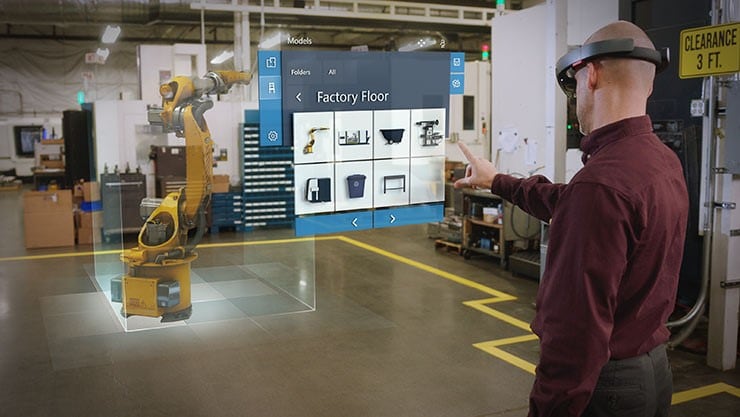
ENTERPRISE & TRAINING
While consumer adoption of immersive technology may have had its ups and downs this year, VR popularity within the fields of corporate enterprise and training skyrocketed in 2018. Multinational retail corporation Walmart recently expanded its VR training program to all of its U.S. store locations, placing a total of 17,000 headsets in the hands of Walmart employees. The company has also begun integrating in-store AR price-scanning/comparison functionality to their official mobile app.
Even the United States Army has begun its implementation of immersive technology into its training exercises, ordering over 100,000 HoloLens Mixed Reality headsets from Microsoft.
Add this to the enormous list of other companies utilizing VR and AR for marketing, training, and proficiency, and it’s clear immersive tech has found a home in enterprise.
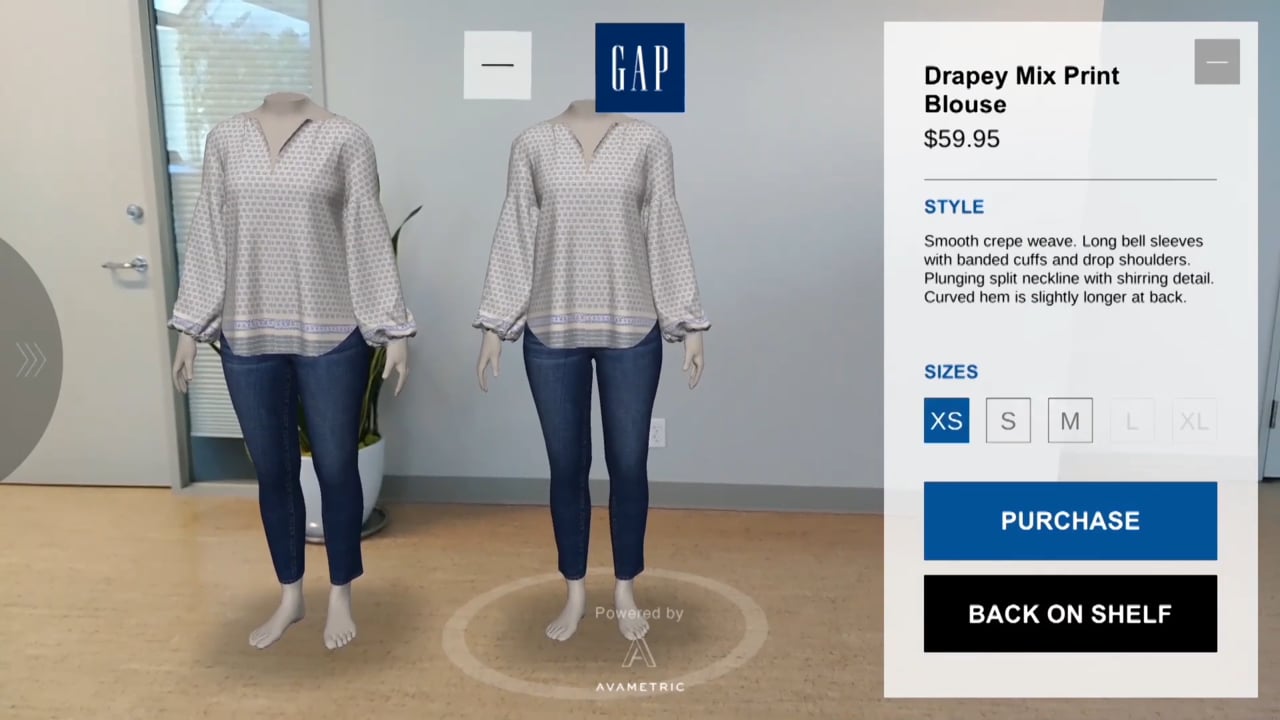
MOBILE AR
While VR continues to find its footing among modern-day entertainment, mobile augmented reality’s integration with smart phone technology has helped popularize the medium. From product marketing to interactive games, AR has proven itself a useful tool for multiple industries.
Gap’s AR Fitting Room, for instance, allows customers to customize the size of Gap apparel and view a realistic digital rendition of the clothing modeled over an AR mannequin.
As the technology continues to progress, we’ve already begun seeing new forms of AR-based forms of media, from AR tattoos, to augmented dashboards with real-time AR notifications.
Popular social media applications, such as Snapchat, have also contributed significantly to the mainstream acceptance of AR. While the various colorful filters and animations featured in the app may be simplistic, the tracking technology is anything but, teasing some truly impressive technology that could very well be the future of social AR.
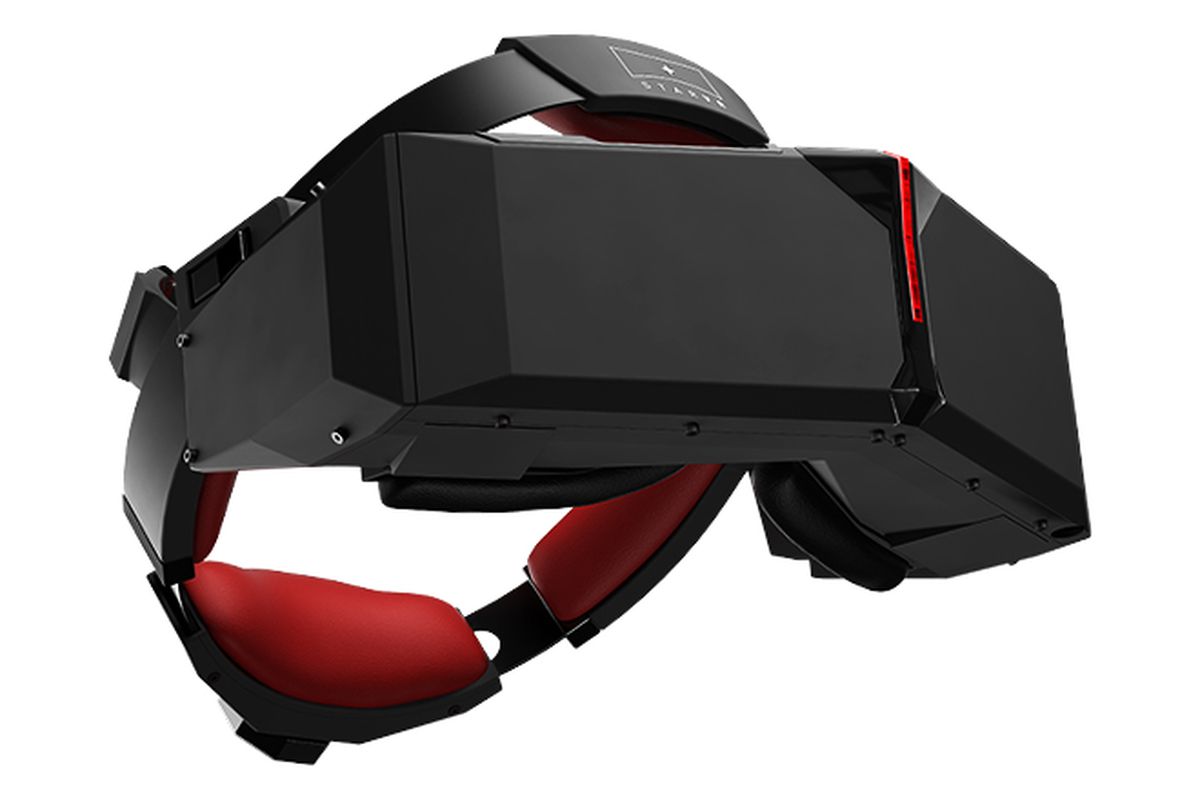
R.I.P.
While the year was kind to many in the industry, there are course plenty of amazing companies and individuals we’ve unfortunately had to say goodbye to. Immersive XR production and development studio Jaunt VR recently shutdown its entire VR department to focus primarily on AR after a series of lay-offs, and IMAX has announced the closure of its remaining U.S.-based VR centers.
Meanwhile, StarVR, Acer and Starbreeze’s ultra wide field of view prototype headset, was recently put on hold as the company undergoes a series of financial woes that could put the ambitious HMD in a precarious position.
And of course we can’t say goodbye to 2018 without also bidding farewell to RYOT CEO, Bryan Mooser. An original cofounder of the Verizon-owned immersive media production company, Mooser parted ways with the studio this past November “to pursue new opportunities,” according to an official spokesman from Verizon Media Group.
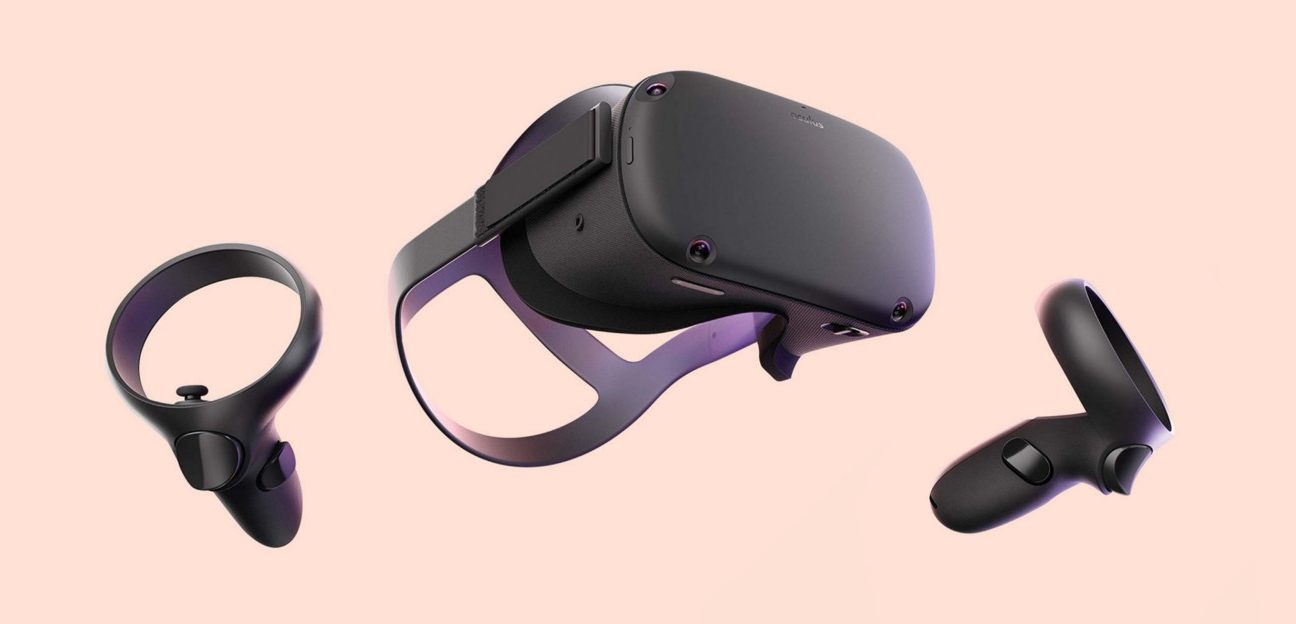
HEADING INTO THE NEW YEAR…
With the 6DoF standalone Oculus Quest VR headset set to release some point next year and rumors already swirling about Microsoft HoloLens 2, 2019 is looking very bright for both VR & AR technology. While 2018 may not have been the most glamorous year for these budding industries, it was essential in proving that immersive technology is here to stay. As hardware continues to become more affordable, there’s no doubt VR & AR will be a force to be reckoned with in the coming years.
Image Credit: Baobab Studios / ILMxLAB / Oculus Facebook / Microsoft / Gap / Oculus Facebook
The post VR & AR 2018: A Year In Review appeared first on VRScout.
from VRScout http://bit.ly/2rXwU94
via IFTTT
No comments:
Post a Comment